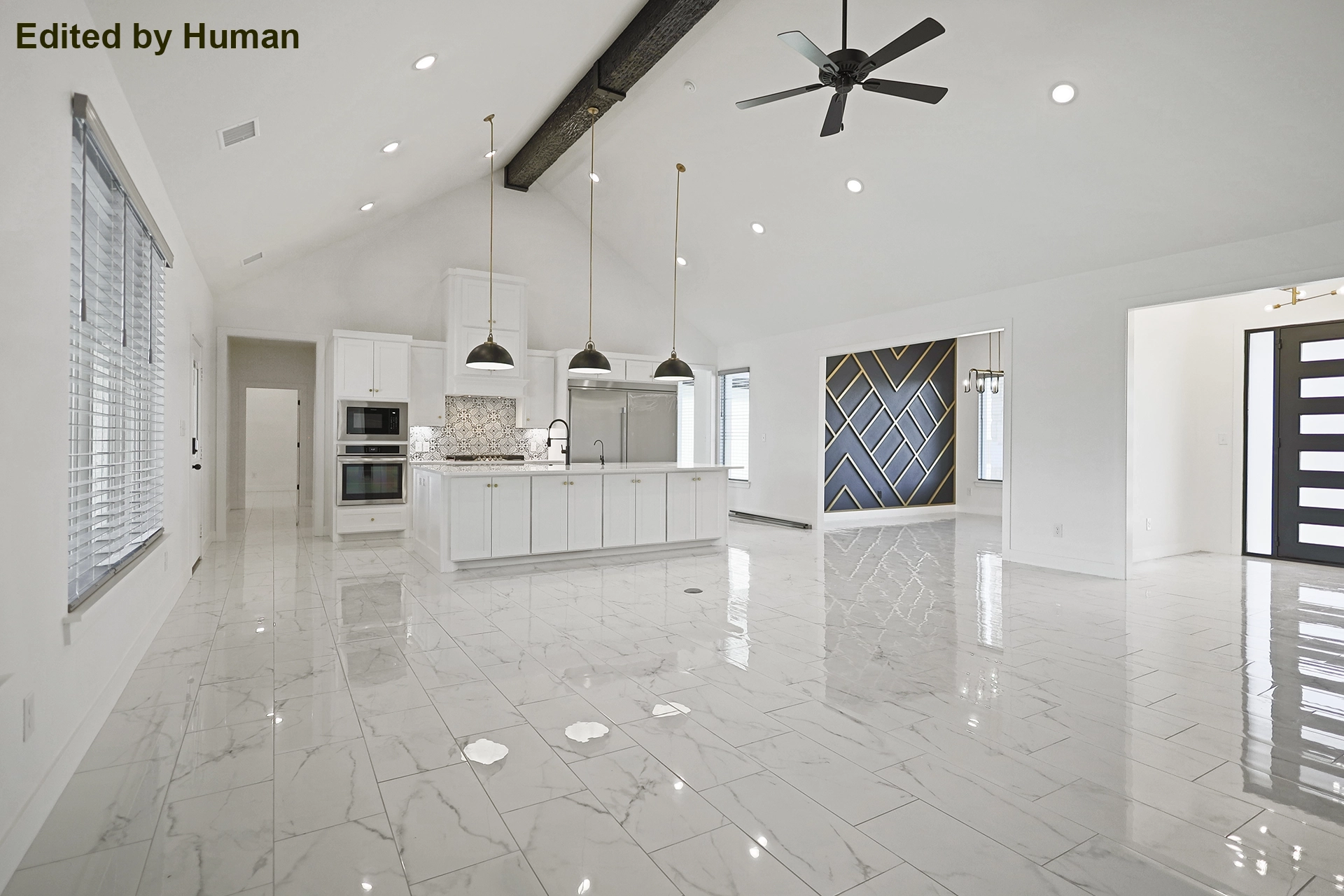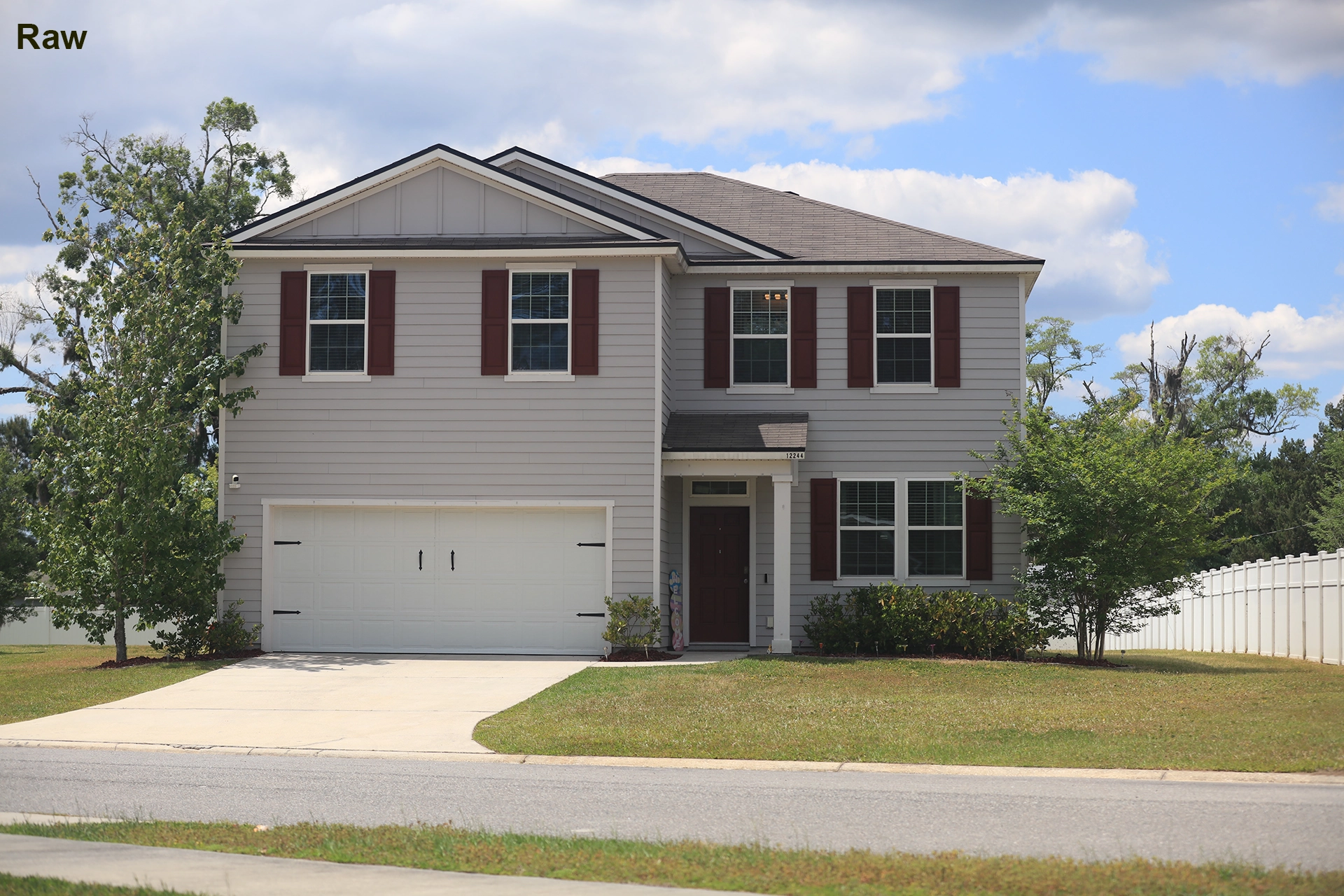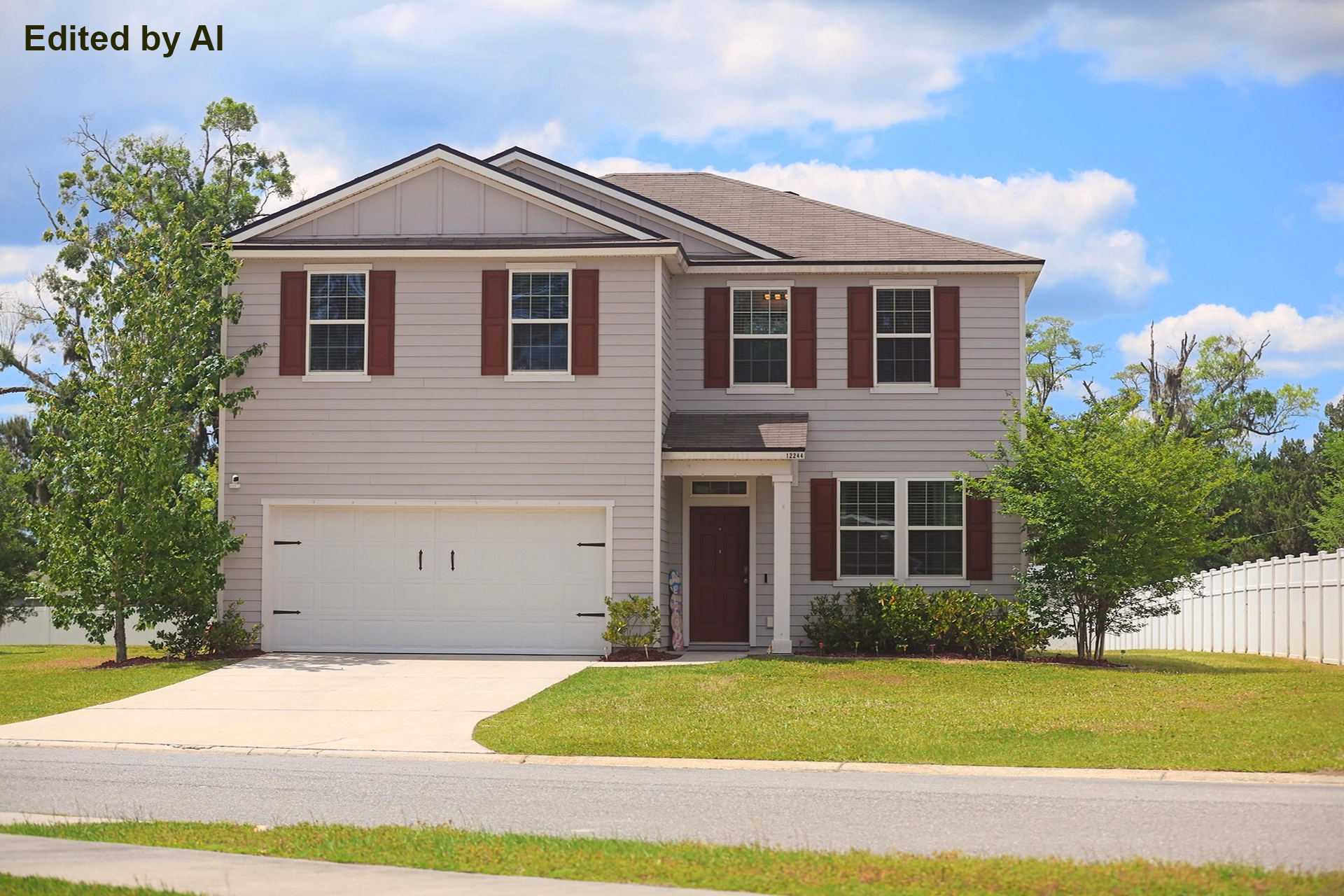
As the real estate industry increasingly turns to technology, real estate photo editing AI tools have surged in popularity. These tools promise faster turnaround times, cost savings, and convenience. But can they truly rival the quality of a skilled human editor? In this article, we explore Real estate photo editing AI vs Human editors—their strengths and weaknesses—and reveal where AI still misses the mark.
In today’s digital-first real estate market, visuals are everything. Eye-catching images often make the difference between a property sitting on the market or being sold quickly. That’s why photo editing has become a crucial component of real estate marketing.
With advancements in machine learning and artificial intelligence, real estate photo editing AI tools are becoming more common, offering automated enhancements to property photos at a fraction of the time and cost.
AI platforms use algorithms to automatically enhance lighting, remove blemishes, adjust colors, and even replace skies. These tools are attractive for busy real estate agents and photographers looking to speed up their workflow without sacrificing visual quality.
But are they truly up to par?
1. Speed and Efficiency
One of the biggest advantages of real estate photo editing AI is speed. AI-powered tools can process hundreds of photos in minutes, far surpassing the speed of any human editor.
This is particularly beneficial for high-volume real estate agencies or photographers who need fast turnaround times.
2. Cost-Effective
Many AI tools come with affordable pricing or even free versions. Compared to hiring professional editors, AI software can save businesses a significant amount of money in the long run.
3. Easy to Use
Most real estate photo editing AI platforms are user-friendly and designed for non-professionals.
Drag-and-drop interfaces and preset filters allow users to achieve decent results without advanced editing knowledge.
1. Lack of Contextual Understanding
AI lacks the human ability to understand the purpose and emotion behind a photo.
For example, it might brighten a moody interior too much, ruining the ambiance. Or it might auto-crop in a way that removes key architectural features.
2. Limited Customization
While presets and filters offer convenience, they don’t allow for fine-tuned adjustments. AI tools often apply blanket changes that might work for one image but completely ruin another.
3. Common Errors and Artifacts
AI editing can introduce strange artifacts or visual errors. Misaligned shadows, unnatural sky replacements, or unrealistic reflections are common issues. These errors can make photos look fake or over-processed.
Despite rapid improvements, AI tools often make recurring mistakes in real estate editing. Here are some of the most common issues:
Unnatural Lighting
AI sometimes over-brightens rooms, leading to flat or overexposed images that lack depth.
Sky Replacement Failures
AI may incorrectly replace the sky in a way that doesn't match the lighting of the rest of the image. You might get a sunny sky with wet pavement or shadows that don’t align.
Incorrect Object Removal
AI tools can struggle with object removal, often leaving behind ghost-like remnants or warping the surrounding area.
Over-Smoothing
AI algorithms often over-smooth surfaces, making interiors look plastic or fake—especially on walls, countertops, or fabrics.
Inconsistent White Balance
AI may apply the wrong white balance across different photos in a set, leading to inconsistent coloring across a listing.
While AI tools can offer quick fixes, they simply can't match the quality and depth a human editor brings to the table. Here's why:
1. Precision and Control
Professional human editors bring an exceptional level of precision. Every light source, shadow, and reflection is considered in context.
They don’t just apply effects—they sculpt each image, making calculated adjustments that align with the mood and intention of the scene.
Whether it’s balancing exposure in tricky lighting or removing a distracting object seamlessly, humans have full control over every pixel.
2. Creative Vision and Emotional Impact
Unlike AI, human editors possess the ability to tell a story through an image. They know how to enhance the emotional tone of a room—whether it’s cozy, luxurious, airy, or modern.
This storytelling element is crucial in real estate marketing, where a single image can inspire potential buyers to book a viewing. AI may adjust colors, but only a human can breathe life into a photo.
3. Handling Complex, Custom Requests
Real estate listings are diverse. From dim basements and cluttered kitchens to twilight exteriors and luxury penthouses, each image requires unique treatment.
Human editors can tackle challenges like blending exposures, correcting lens distortion, or even replacing objects with precision. These are edits AI still struggles to execute consistently and accurately.
4. Consistency Across Image Sets
Human editors ensure that a full set of listing photos maintain a consistent tone, brightness, and aesthetic—something AI still struggles with.
A human eye can adapt and correct photos to ensure the collection feels cohesive, which enhances professionalism and brand trust.
5. Trust and Accountability
With human editors, communication is possible. You can provide feedback, request changes, or specify preferences.
This collaborative process helps ensure the final result aligns with your brand, target audience, and goals—something an AI tool, no matter how advanced, can’t replicate.

Drawbacks of Human Editing
1. Time-Consuming
Manual editing takes time. Depending on the complexity of the job, it can take several hours to edit just a few photos.
2. Higher Costs
Hiring skilled photo editors can be expensive, especially for large projects. However, this investment often pays off through higher listing appeal and quicker sales.
And the good news? When you work with the MF Real Estate Photo Editing team, you won’t have to worry about overpaying. We offer industry-leading quality at competitive prices—so you can get stunning, professional images without stretching your budget.
3. Availability and Consistency
Not all human editors are equal. Inconsistent quality, varying turnaround times, and availability can make managing human editors challenging—unless you find a trusted partner or team.
That’s exactly where the MF Real Estate Photo Editing team comes in. We’ve built a proven process that includes 2–3 layers of quality control before delivery, ensuring every photo meets the highest standard of consistency and excellence.
More importantly, every MF editor undergoes continuous, hands-on training to ensure they meet our rigorous quality benchmarks. With MF, you're not just getting an editor—you’re getting a dependable partner committed to making your listings shine, every single time.



AI has certainly made strides in automating the editing process in real estate photo editing. AI tools offer a fast, cost-effective solution for simple, high-volume tasks. But when quality, emotional impact, and brand identity matter, the human touch is still irreplaceable.
Human editors are not just technicians—they're visual storytellers who understand the nuances of architecture, lighting, mood, and marketing. They adapt to challenges, collaborate with clients, and ensure that every image tells a compelling story.
Real estate photo editing AI vs Human editors will continue to be a relevant debate in the industry, but AI is still no match for the intentional artistry, flexibility, and attention to detail that a skilled human editor brings to the table.
For agents and photographers aiming to create a truly compelling listing that stands out in a competitive market, investing in human editing remains the gold standard—and likely always will be.